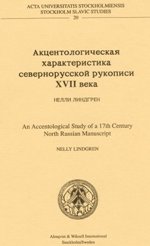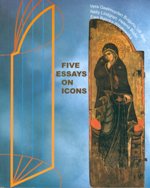 Ingår i serien Kristen konst
Ingår i serien Kristen konst
Iconographic manuals from the Byzantium were the source for the Russian podlinnik.
Entirely technical manuals existed in Byzantium already in the 10th—11th centuries, and later in Europe. However, this kind of manuals did not develop in Russia. The Hermeneia by Dionysius of Fourna represents another kind of Greek manual that contains an iconographic part along with the technical one.
Iconographic manuals from Bulgaria are similar in structure to the Hermeneia.
The Russian podlinnik occurs as an extension of the iconographic part of the Greek manuals. It is usually based on the Orthodox church calendar, not organised thematically as the Greek manuals. The technical part is missing or reduced to short, unsystematic notes.
The corpus of the Russian calendars comprised predominantly Byzantine saints. The share of the Byzantine saints in the oldest Russian church calendars from the 13th century is usually about 95%, while the amount of the Russian saints is insignificant. These proportions are about the same until the beginning of the 19th century.
However, in local Russian manuals a larger part (50% or more) consists of Russian saints, some of which were not even canonised. Different types of Russian manuals developed between the 15th and 18th centuries due to their special and diverse functions for the Russian iconpainters.

Nelly Lindgren, 1996.From Byzantine to Russian iconographic manuals: structural changes (på ryska, sammanfattning på engelska). I: Byzantium – identity, image, influence. Major papers, sid 272–281. ISBN 87-87879-07-7
XIX International Congress of Byzantine Studies. University of Copenhagen, 18—24 August, 1996. Plenary Session IV, D: The Image and Influence of Byzantium after 1453.
 Ingår i serien Kristen konst
Ingår i serien Kristen konst



 Publicerat av Nelly Lindgren
Publicerat av Nelly Lindgren 



















